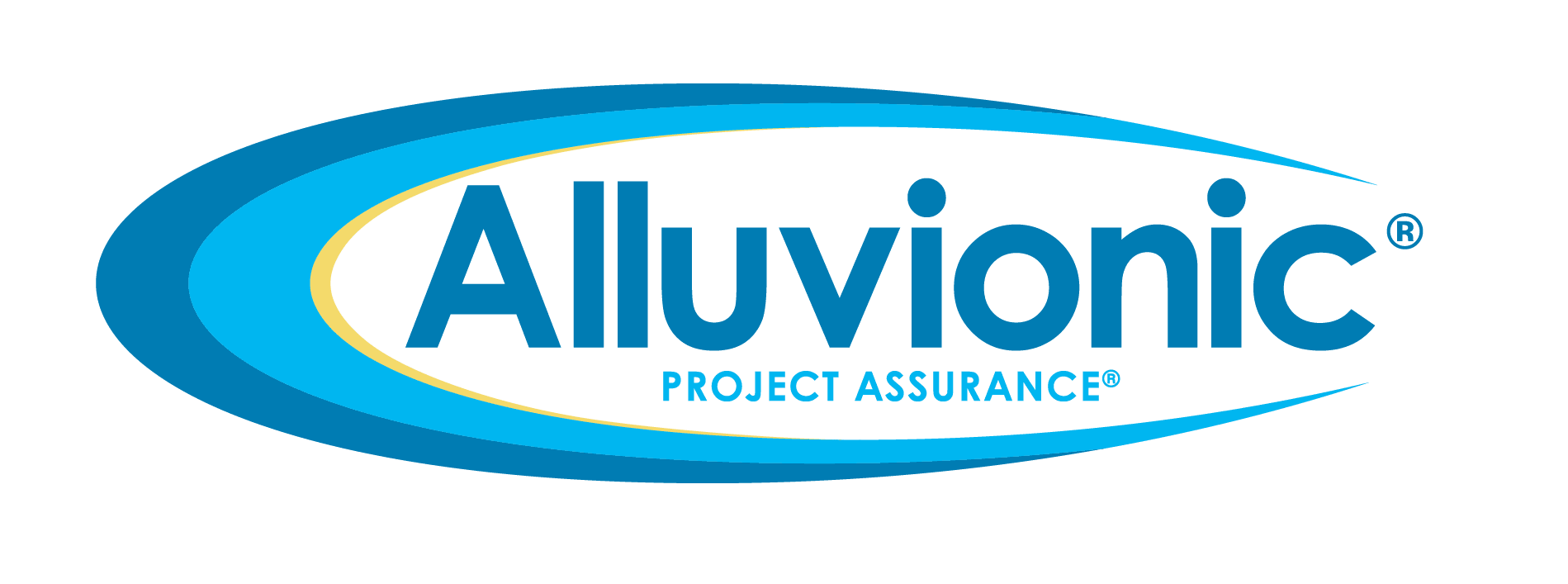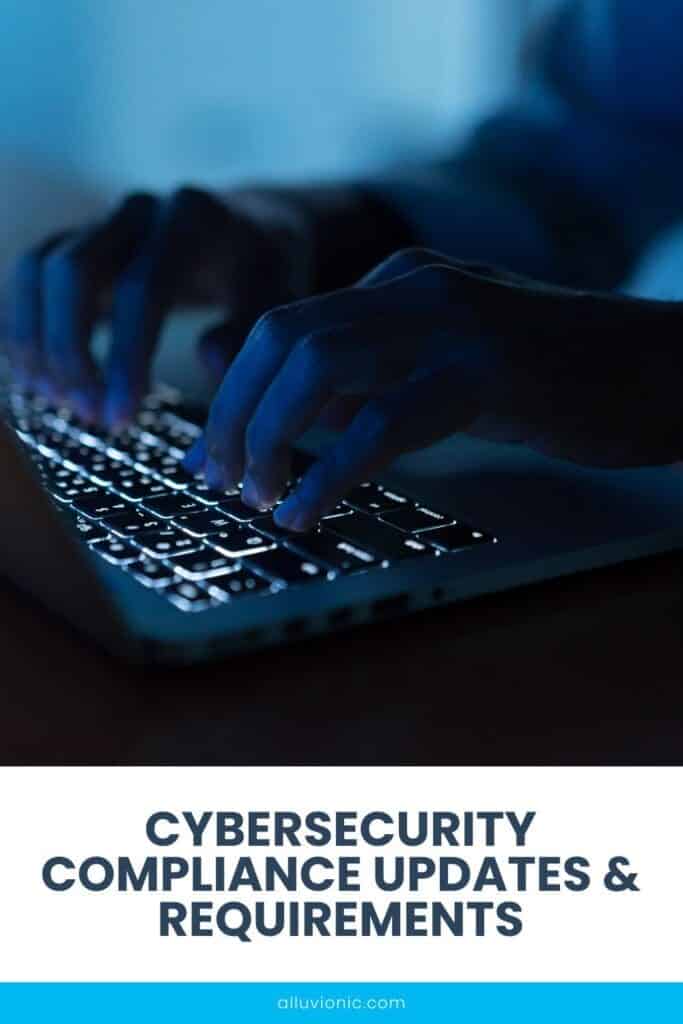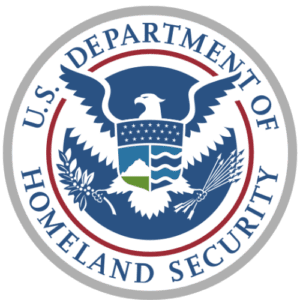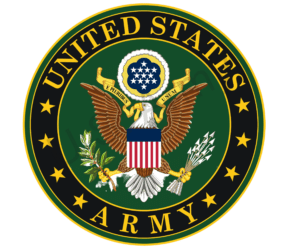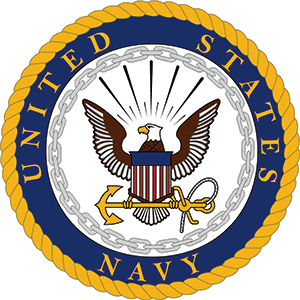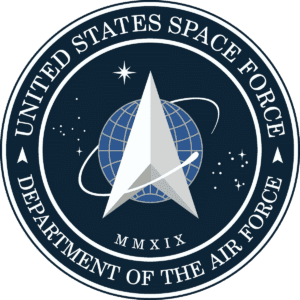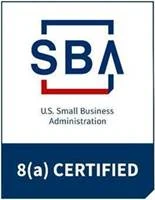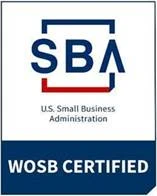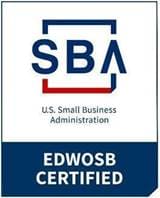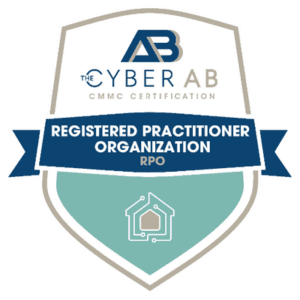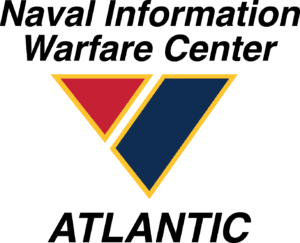As the cybersecurity landscape continually adapts to new threats, understanding the latest regulations is essential for defense contractors. CMMC 2.0, a revision of the initial Cybersecurity Maturity Model Certification (CMMC) framework, introduces streamlined processes and requirements designed to enhance the security of the Defense Industrial Base (DIB).
What’s New with CMMC 2.0?
In late 2023, the Department of Defense (DoD) issued the proposed final rule for CMMC 2.0, launching a significant update that affects all defense contractors. This new rule simplifies the CMMC framework, focusing on protecting controlled unclassified information (CUI) across various levels of cybersecurity practices.
Phased Rollout and Key CMMC 2.0 Requirements
CMMC 2.0 is set to be rolled out in four phases over 30 months, with specific requirements for existing contracts to integrate these changes during option years. For companies working with External Service Providers (ESPs) and Cloud Service Providers (CSPs), the new regulations also define clear guidelines.
CMMC 2.0 for Scoping External Service Providers (ESPs)
Under CMMC 2.0, External Service Providers (ESPs) used by defense contractors must meet an equivalent CMMC level to maintain certification. ESPs within the scope of this requirement are defined as vendors handling security-related data or CUI on their own assets. The rule’s definition excludes organizations solely utilizing the original defense contractor’s infrastructure.
CMMC 2.0 for Scoping Cloud Service Providers (CSPs)
CSPs are defined as a shared pool of configurable computing resources (such as networks, servers, storage, applications, and services) available as software-as-a-service, infrastructure-as-a-service, and platform-as-a-service offerings. CSPs must now meet FedRAMP moderate or high baseline requirements and ensure 100% CMMC compliance through assessments by recognized Third Party Assessment Organizations (3PAOs).
Both ESPs and CSPs require a Customer Responsibility Matrix (CRM) delineating their responsibilities, customer-owned responsibilities, and shared responsibilities regarding the in-scope CMMC 2.0 requirements.
CMMC 2.0 Compliance Milestones
Achieving compliance with CMMC 2.0 involves understanding and implementing the revised requirements effectively. For most organizations aiming for CMMC Level 2 certification, a conditional certification might be granted if a minimum score of 80% is achieved, with all Plans of Action and Milestones (POA&Ms) required to be closed within 180 days.
New CMMC 2.0 Certification Affirmation Requirements
Preparation for certification under CMMC 2.0 should begin as soon as possible. This involves assessing current cybersecurity practices, identifying gaps, and aligning with CMMC 2.0 requirements. Annual affirmations are also required under the new rule, and misrepresentations can lead to significant liabilities under the False Claims Act.
Training and Workforce Development
Implementing a comprehensive training program for employees about the importance of cybersecurity and the specific requirements for maintaining CMMC compliance under the new framework is vital. Regular training updates will help ensure that your workforce is not only aware of the regulatory requirements but is also capable of identifying and mitigating potential security threats in a timely manner.
As the deadline for CMMC 2.0 compliance approaches, taking proactive steps now will ensure that your organization is not only compliant but also better protected against cyber threats. For more detailed information on how to achieve and maintain compliance, consider reaching out to cybersecurity experts like Alluvonic who can provide tailored advice and support.
